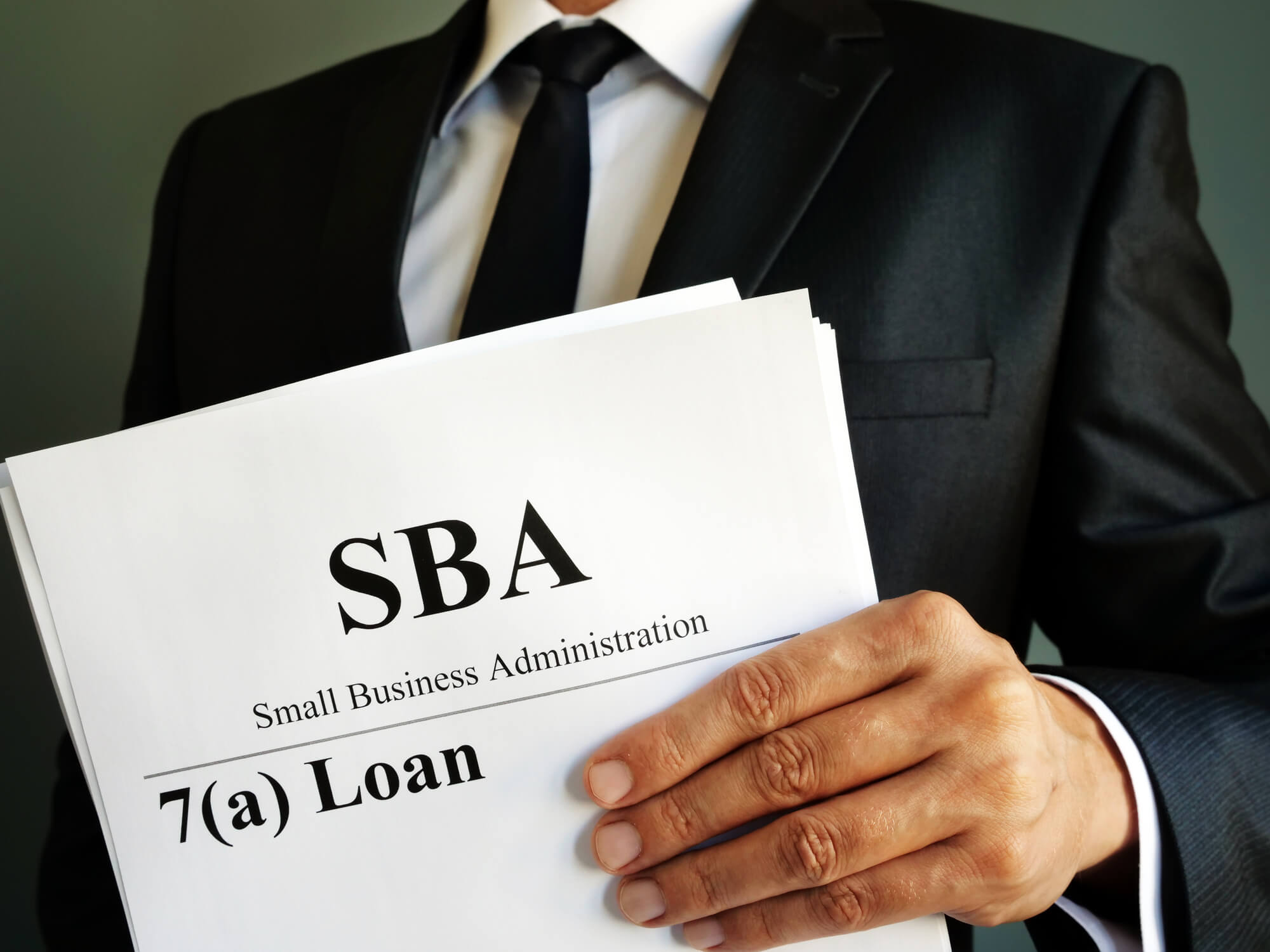For fitness center owners, maintaining a steady cash flow is crucial for growth and daily operations. A Merchant Cash Advance (MCA) provides a flexible financing option by offering upfront capital in exchange for a percentage of future credit card sales. Unlike traditional loans, MCAs offer fast funding, minimal credit requirements,...
Can I Get an SBA Loan to Start a Gym Business? A Detailed Guide
Starting a gym business can be an exciting venture, but it often requires a significant amount of capital to get off the ground. One option to consider is obtaining a Small Business Administration (SBA) loan, which can provide the necessary funds to start or expand your gym. In this comprehensive...
How to Get a Business Loan for a Gym
Starting a gym or fitness center requires a significant amount of capital. From purchasing equipment to leasing a space and hiring staff, the costs can quickly add up. This is where business loans come into play. A business loan can provide the necessary funds to get your gym up and...


